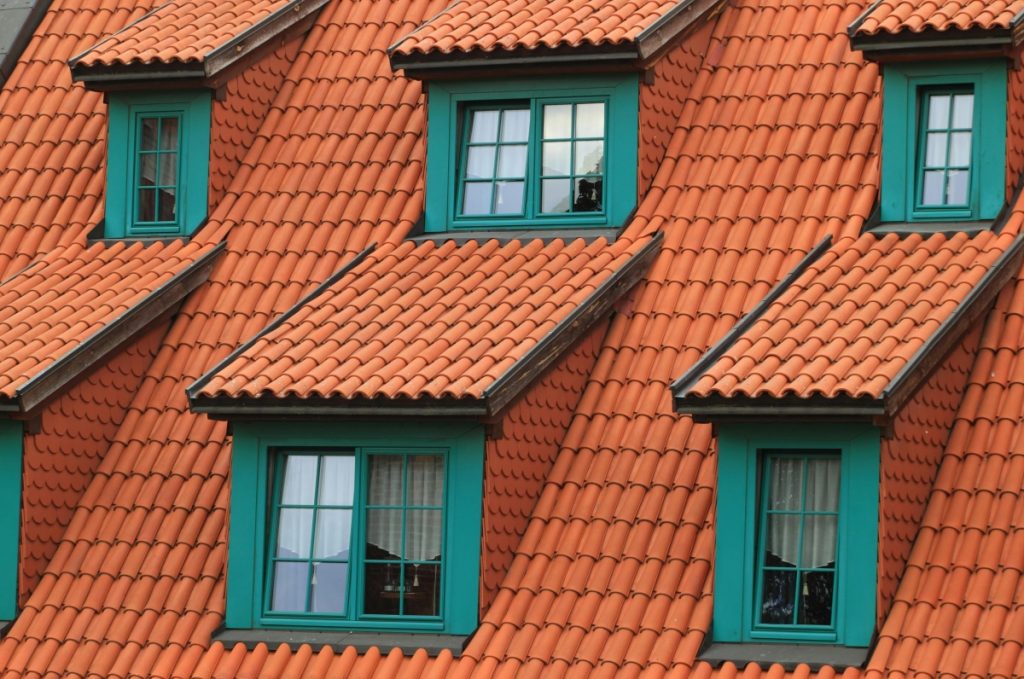As climate change becomes increasingly concerning, more homeowners are re-evaluating their impact on the planet, particularly through the lens of home improvements. One such area rapidly garnering attention is roofing. Traditional roofing materials, like asphalt shingles, have been the default choice for decades. Yet, emerging eco-friendly alternatives are provoking homeowners to reconsider their options. These greener solutions are setting a new standard by emphasizing sustainability, durability, and style. Is it time to rethink your rooftop?
Cool Roofs: Reflective and Protective
The hottest reasons for considering cool roofs are their ability to reflect more sunlight and absorb less heat. This results in lower roof temperatures and reduced air conditioning needs, lowering energy costs and alleviating the urban heat island effect. Available in various colors and styles, cool roofs blend function and form without sacrificing aesthetics.
Take residential neighborhoods as an example—transitioning to cool roofs can collectively lead to significant reductions in street temperatures, enhancing the overall quality of life for residents. This communal effort reflects broader public health benefits, reducing reliance on fossil-driven energy, and creating healthier, more comfortable urban environments. Beyond residential zones, commercial structures, once adverse to the perceived loss of image, are increasingly embracing cool roofs for their triple win of energy savings, brand reputation, and ecological responsibility.
For homeowners considering a switch, exploring reputable service providers can be invaluable. Resources like KY-KO Roofing offer insights into roof repairs and installations that align with these eco-friendly alternatives, guiding homeowners in making informed decisions that fit their needs.
Solar Roofs: Power Up
Tapping into the sun’s energy, solar roofs transform sunlight into energy, making homes sustainable powerhouses. As technology advances, the efficiency and aesthetic appeal of these roof types improve. Unlike solar panels, solar roof materials seamlessly integrate into the design of traditional roofs, making them less obtrusive and more appealing. While the upfront cost might deter some homeowners, the subsequent savings on electricity bills and potential incentives make them an attractive option.
Furthermore, the adaptability of solar roofs extends to various climate zones. With technological improvements, even homes located in less sunny regions can capitalize on solar capabilities, converting what would be wasted light into usable power. New developments in solar technology have made them more resilient and adaptable, allowing homeowners a secure and sustainable choice regardless of geographical constraints.
Green Roofs: Nature’s Blanket
Green roofs, literally covered in vegetation, provide insulation to homes while promoting biodiversity in urban areas. They bring a touch of nature to concrete jungles, aiding in temperature regulation and reducing energy costs. Moreover, they manage stormwater runoff efficiently, decreasing the strain on urban sewage systems. While initial installation can be pricier than traditional methods, the long-term benefits of reduced energy bills and increased home value often justify the investment.
The concept of design versatility is also important to green roofs. From private homes to city hall rooftops, the potential for these roofs is vast, transforming ordinary spaces into lush gardens or productive vegetable plots. Schools, hospitals, and public buildings can leverage the benefits of green roofs, utilizing them as educational platforms or therapeutic environments, fostering a deeper connection with nature among occupants.
Metal Roofs: Longevity and Recyclability
Renowned for their durability and resistance to extreme weather conditions, metal roofs are making a comeback among eco-conscious consumers. The metal itself can be made from previously recycled materials, ensuring that the roofing choice is as sustainable on the outside as it is on the inside. Unmatched in longevity, metal roofs can last over 50 years, requiring minimal maintenance, thus offering a worthy return on investment.
Moreover, their fire-resistant properties make metal roofs an ideal choice for areas prone to wildfires, providing peace of mind and additional protection to your home. Coupled with effective insulation underlayments, metal roofs can further reduce energy consumption, creating living spaces that are comfortable and eco-friendly year-round. This combination of safety, longevity, and aesthetics makes metal roofing a compelling choice for today’s discerning homeowner.
Recycled-Content Shingles: Waste Not, Want Not
The need to reduce landfill waste has given rise to shingles made from recycled materials, such as rubber, plastic, and wood fiber. These shingles mimic the appearance of traditional roofing materials while providing environmental benefits by repurposing waste. They are durable, long-lasting, and adept at withstanding severe weather conditions.
On top of their practical benefits, choosing recycled-content shingles contributes to a circular economy, helping close the loop on material reuse and reduction. The environmental impact of these shingles is multifaceted; by choosing them, homeowners support inventive solutions to waste management, decrease the demand for new raw materials, and inspire a change in industry standards towards more sustainable production methods.
Conclusion
The roofing industry is undergoing a notable transformation driven by the demand for sustainability and efficiency. Each eco-friendly roofing option offers its unique benefits and challenges, but the implications for energy savings and reduced carbon footprints cannot be ignored. As building practices evolve, it becomes ever-more important for consumers to prioritize eco-conscious decisions. With viable options available, traditional choices are no longer the uncontested kings of the roofing world. Homeowners can now make informed decisions that harmonize style, sustainability, and practicality.




